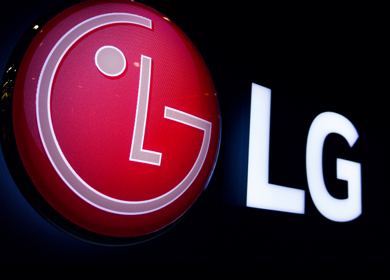Media consolidation: a smart move or a fool’s paradise
Published: May 08, 2023

In this day and age of the digital world, competition is rife, and consumers have millions of options out there to get distracted. Getting a slice of the audience's attention has become extremely hard for businesses. Thus, to compete in the race, brands must run campaigns through multiple channels to increase their chances of making an impression on their audience.
And to that end, marketers have a plethora of options for buying media. As a result, they tend to use multiple platforms to carry out a single campaign. As a result, they frequently employ multiple platforms to carry out a single campaign.
However, this fragmented marketing approach has resulted in recurring issues, such as targeting the same individual consumers with the same message again and again and failing to gain an integrated understanding of campaign effectiveness. Consequently, media dollars are squandered, and users have a negative experience.
At this point in time, the case studies recently revealed by Google show that media consolidation is feasible. These case studies feature a few instances of marketers who effectively unified their media-buying approach, allowing them to properly cap frequency, maintain user satisfaction, and keep a single source of campaign data.
Global food producer Danone: Danone collaborated with agency Wavemaker to bring together all video ad buying in Google Display and Video 360 in order to increase campaign effectiveness. Danone estimates that by consolidating its video buying activities, it saved 20% while boosting overall ad effectiveness by up to 50% for some brands.
Unilever Argentina: Unilever partnered with agency Matterkind to consolidate all display and video strategies into a single buying platform. Through the implementation of the strategy, the organisation was able to increase its reach by 30% in a single month.
Suntory PepsiCo Vietnam Beverage (SPVB): Along with agency Mindshare, the company launched an experimental campaign that unified cross-channel media buys. As a result, SPVB saw a 37% reduction in cost per reach, a 27% decrease in cost per unique user, and a 1.4X increase in consumer reach when compared to a control campaign.
L’Oréal Germany: L'Oréal centralised all media buys for its Garnier Greentalk campaign with Google Display and Video 360. For this, Loreal used Google's frequency management value quantification tool to get a comprehensive view of the campaign's performance. As a result, the company realised that consolidating programmatic media buys gave it a 16% increase in its reach.
Why should marketers consider consolidating their media buys?
In an increasingly complex media landscape, the strategy of consolidating media buying under one roof is indeed crucial for marketers to improve the efficacy of their campaigns.
While brands work with multiple media vendors to reach different audiences across multiple channels, they are likely to miss out on various benefits they can derive from media buying consolidation.
Better targeting:
By taking this holistic approach, marketers will be able to gain better insights into their marketing efforts.
By collecting data from multiple channels in one place, marketers can effectively analyse the data, identify trends, and uncover hidden insights that cannot be discovered while evaluating individual channels or vendors separately.
Correspondingly, it will enable marketers to optimize the campaigns as per audience preferences and interests. Thus, ultimately, by adopting this strategy, marketers can certainly sharpen their targeting and engagement rates.
Lower advertising costs:
Businesses that buy advertising space separately may end up spending more than when they combine their purchases. That is, by leaning on a consolidated media buying approach, marketers will be able to leverage their collective purchasing power to obtain better rates and price reductions from media outlets.
As a result, businesses can significantly reduce their advertising costs by consolidating their media spending. Furthermore, it will also allow marketers to cut administrative costs related to overseeing multiple campaigns and vendors.
Increase effectiveness:
Through consolidating media efforts, brands can easily streamline their processes and get a comprehensive view of their marketing work. It will help them ensure that their messaging is consistent and their advertisements are well-coordinated across multiple channels.
This, in turn, can maximize the overall effectiveness of the campaign and boost its reach by making it easier for target audiences to identify the brand.
Simply put, while surviving among plenty of media options to choose from, it is more important than ever for marketers to spend their media budgets effectively to cut through the noise and stand out. Thus, in our opinion, brands and marketers must consider consolidating media buying in order to run efficient campaigns, spend marketing budgets wisely, and thus meet their overall marketing goals successfully.










Be the first one to comment.